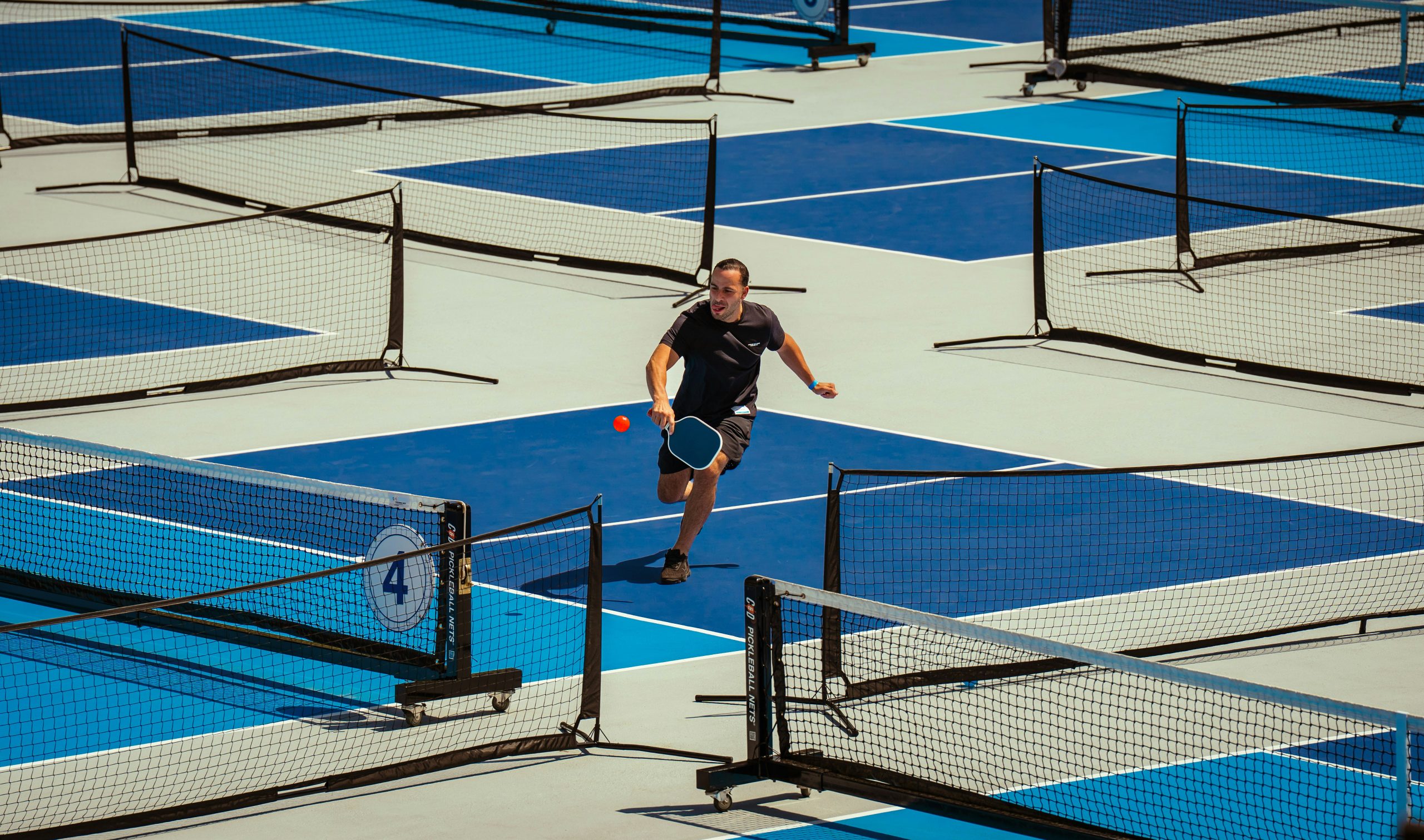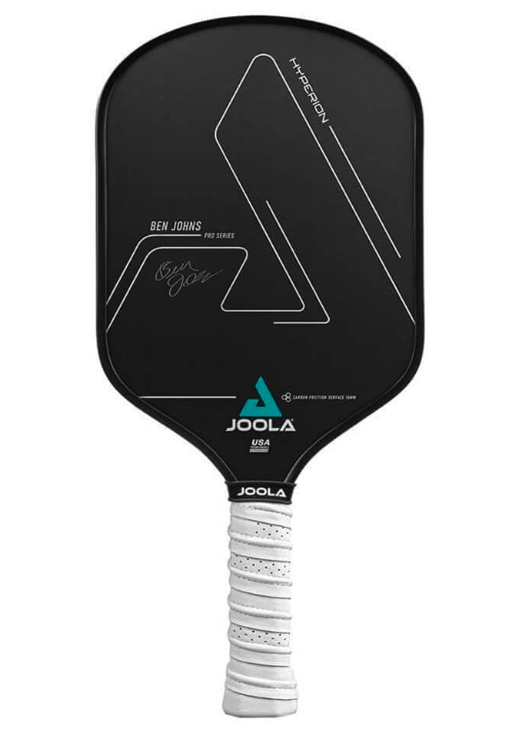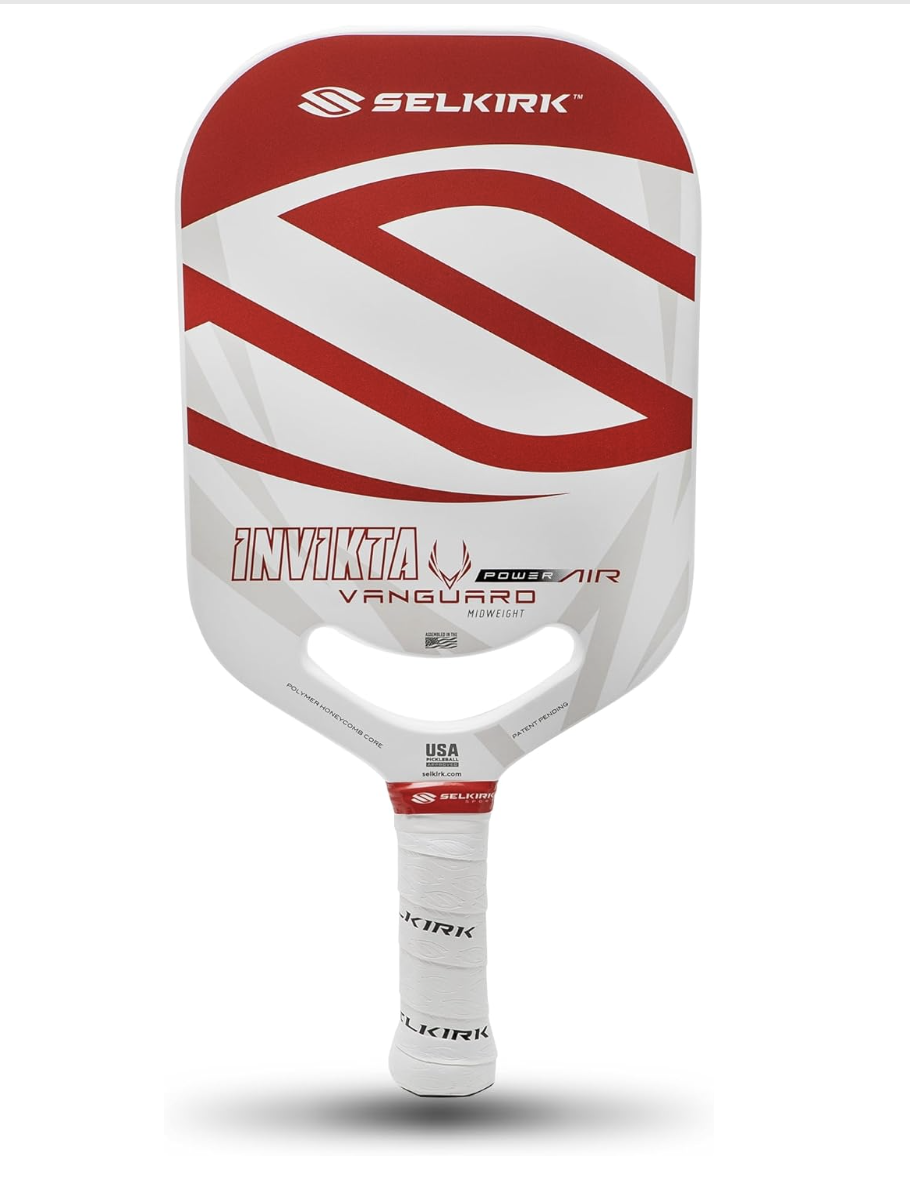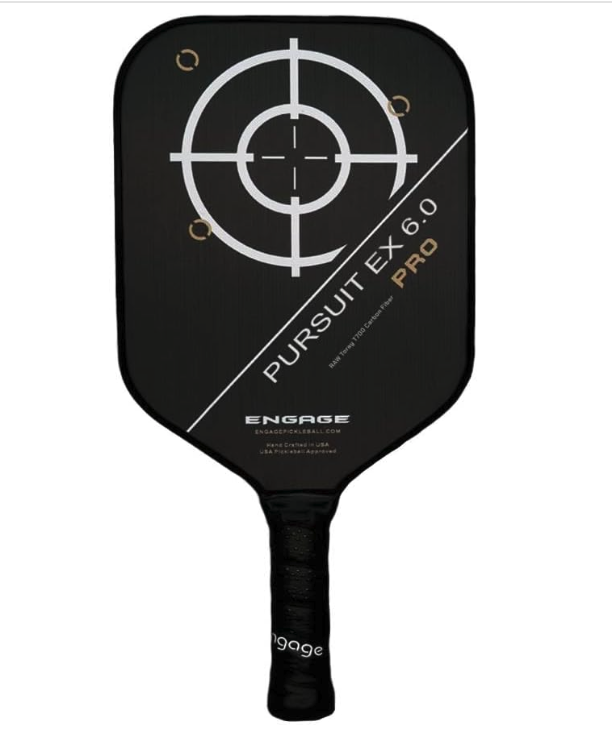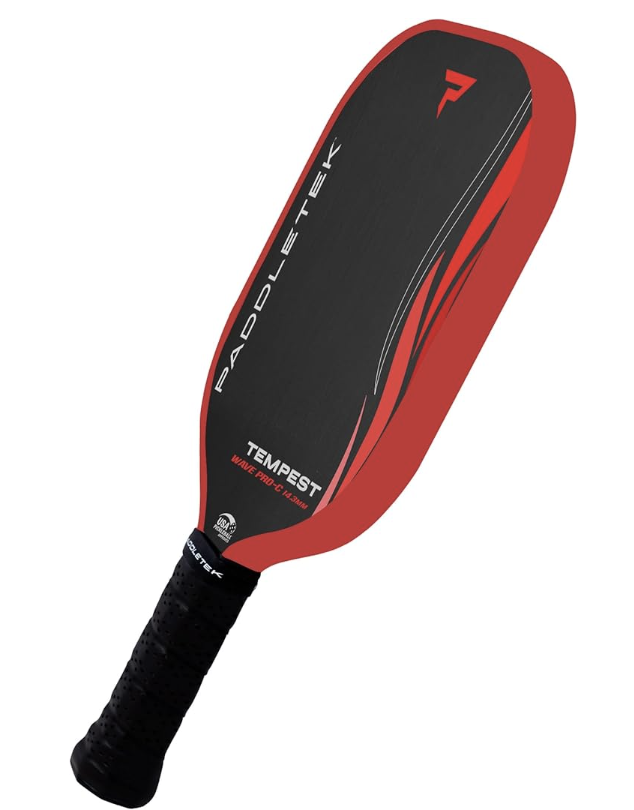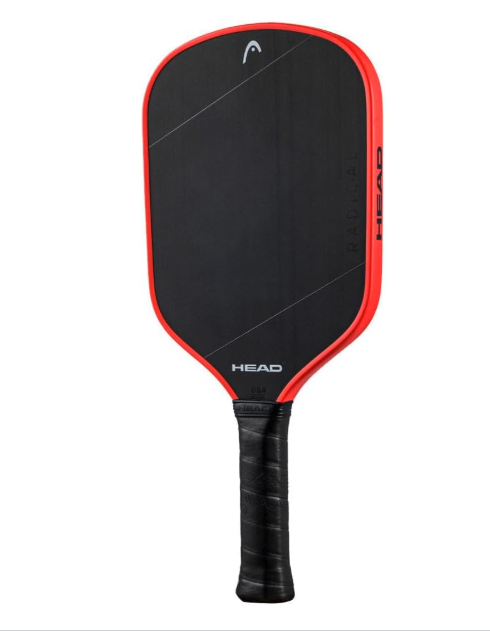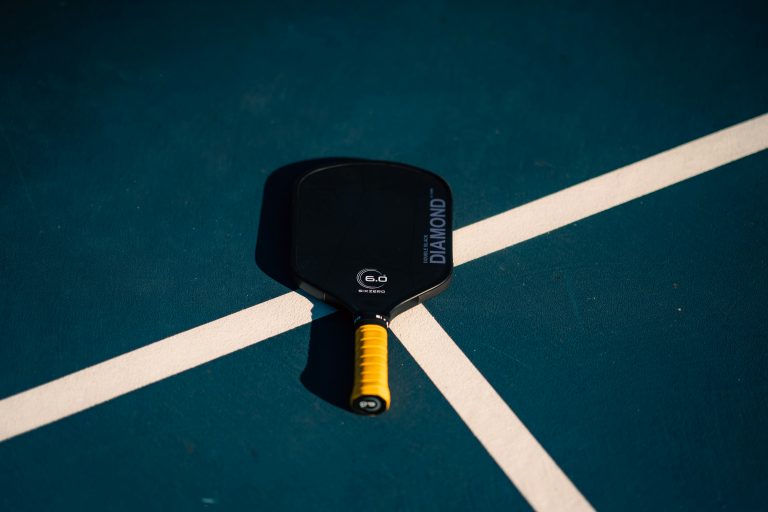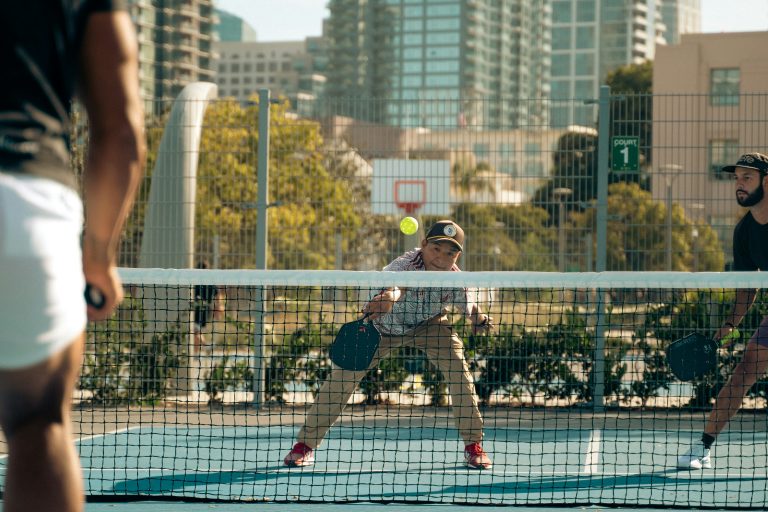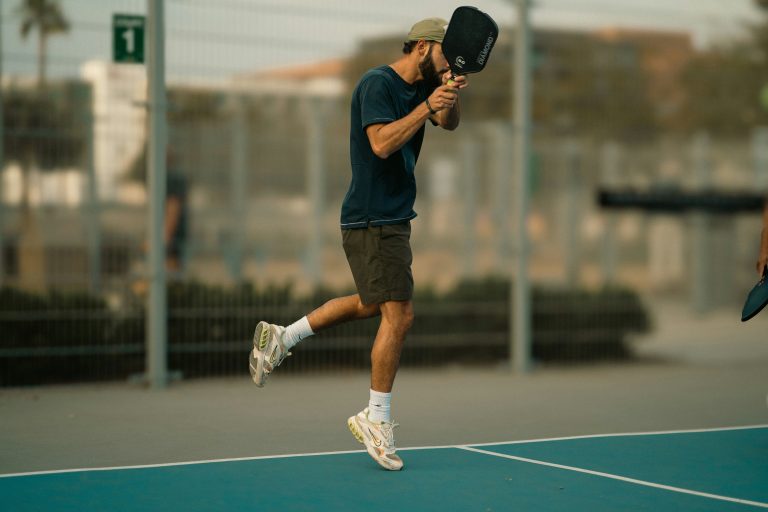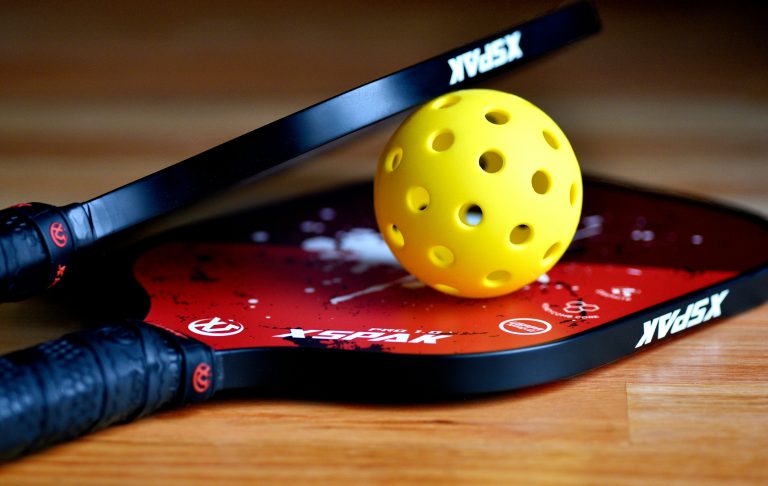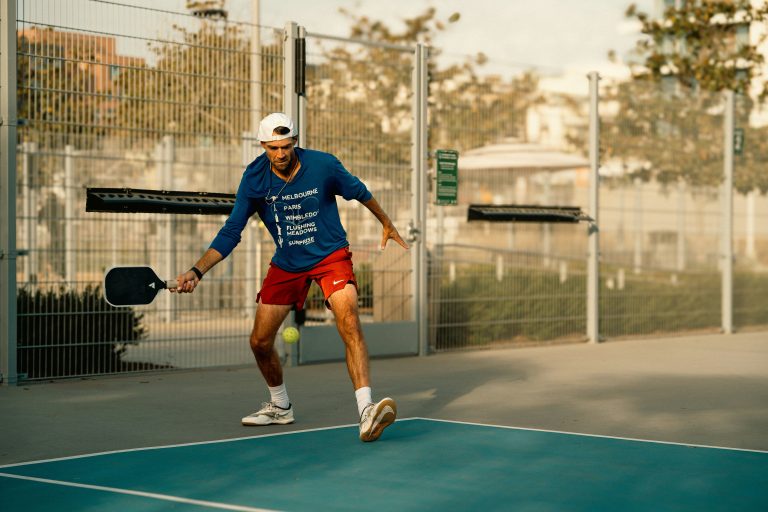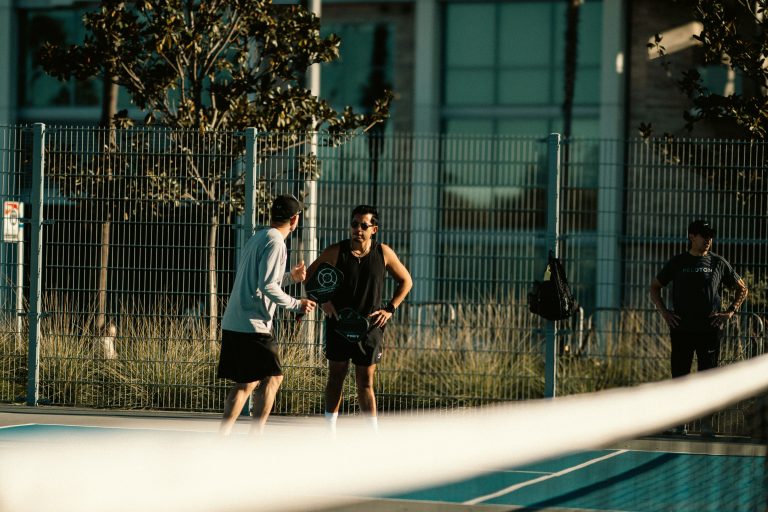Best Polypropylene Core Pickleball Paddles — Soft Touch, Quiet Play
Updated September 2025
If you’ve ever noticed that some paddles sound sharp and “pingy” while others give off a muted “thunk,” you’ve already experienced the difference core materials make. Polypropylene (often shortened to “poly” or “PP”) has become the go-to core for most modern paddles. The reason is simple: it delivers a soft, cushioned feel that takes the edge off every shot.
Unlike older Nomex or aluminum cores that can sound loud and feel stiff, polypropylene uses honeycomb style plastic cells that absorb vibration. The result is a paddle that plays quietly, feels stable in hand, and gives you extra control at the kitchen line. In neighborhoods with noise concerns or for players who struggle with elbow or wrist pain, poly cores are often the best answer.
Who Should Choose a Polypropylene Core Paddle?
While many manufacturers build their flagship models around polypropylene, not every player prioritizes its benefits in the same way. Here are the groups that tend to love poly cores:
- Control oriented players who thrive on dinks, drops, and resets.
- Doubles specialists who live at the net and need consistency more than raw power.
- Players with joint sensitivity who benefit from the vibration dampening effect.
- Communities with noise rules such as HOAs or shared courts where quieter play is mandatory.
- Beginners and intermediates who need forgiveness while developing mechanics.
That doesn’t mean poly is just for softer games. When paired with carbon fiber or gritty face technology, a poly paddle can also bring plenty of spin and pop.
What Sets Polypropylene Cores Apart?
Polypropylene paddles share the same core material, but not every build plays the same. Here’s what to look for when shopping:
- Core thickness: Most poly cores range from 13mm to 16mm. Thinner builds (13mm) give more pop, while thicker builds (16mm) are plush and forgiving.
- Face material: Raw carbon is the current favorite for spin and control. Fiberglass gives a little extra power. Hybrid faces try to blend both.
- Handle length and grip size: These determine whether the paddle feels suited for doubles dinks or singles drives.
- Swingweight and balance: Some paddles lean head-heavy for power, while others stay light in the hand for faster reactions.
Understanding these factors helps narrow down which polypropylene core paddle will best fit your game.
Best Polypropylene Core Pickleball Paddles of 2025
Here are some of the most trusted and high-performing polypropylene core paddles you can pick up this year. Each model balances quiet play with the performance features today’s players expect.
JOOLA Ben Johns Hyperion 16mm
- Why It’s Here: Arguably the most talked about paddle of the last two years, the Hyperion uses a polypropylene honeycomb core wrapped in JOOLA’s signature carbon friction surface. It plays softer than many thermoformed options, making it popular for all-court use.
- Specs:
- 16mm polypropylene core
- Carbon friction surface
- 8.0 oz
- 5.5” handle length
Selkirk Vanguard 2.0 Invikta
- Why It’s Here: Selkirk’s Vanguard line is built around a poly core designed for durability and soft play. The Invikta’s elongated shape pairs that control with extra reach, making it versatile for singles and doubles.
- Specs:
- 16mm polypropylene X5 core
- Hybrid carbon face
- 7.8–8.1 oz
- 5.3” handle
Engage Pursuit Pro EX 6.0
- Why It’s Here: A raw carbon face combined with a thick polypropylene ControlPro core gives this paddle one of the softest feels on the market. It’s widely praised for kitchen consistency.
- Specs:
- 16mm polypropylene ControlPro core
- Raw carbon surface
- 8.0 oz
- 5.25” handle
Paddletek Tempest Wave Pro
- Why It’s Here: A veteran in the poly core space, the Tempest Wave Pro is a graphite faced paddle that prioritizes consistency and placement. Its softer build has made it a favorite among senior players.
- Specs:
- Polypropylene core
- Graphite face
- 7.6–8.0 oz
- 5.25” handle
Head Radical Tour EX
- Why It’s Here: Head has leaned on polypropylene cores across its Radical series, and the Tour EX blends a large sweet spot with added pop from its fiberglass face. It’s one of the livelier poly options..
- Specs:
- Polypropylene honeycomb core
- Fiberglass composite face
- 8.1 oz
- 5.25” handle
Polypropylene vs Other Core Materials
To understand why polypropylene dominates the market, it helps to compare it against other legacy core options:
- Nomex: A harder, resin impregnated paper material. Loud, stiff, and powerful but can be harsh on joints.
- Aluminum: Very lightweight and durable, but lacks the feel and spin potential of carbon faced poly cores.
- Polypropylene: Quieter, softer, and better for all around play, especially doubles and control focused players.
While Nomex and aluminum still have niche appeal, most modern paddles use polypropylene because of its balanced performance and wide player appeal.
How to Care for Poly Core Paddles
One of the best parts about polypropylene paddles is their durability, but they still need proper care. Here are a few maintenance tips:
- Protect with covers: Storing your paddle in a Selkirk Premium Paddle Cover or JOOLA Neoprene Case helps protect it from dings and temperature swings.
- Clean with microfiber cloths: Wiping down the face with something like a microfiber cloth keeps grit surfaces fresh and removes oils that dull spin.
- Replace grips often: Over time, grips wear down and compromise comfort. Consider Gamma overgrips or Tourna grip tape to refresh feel and slightly adjust circumference.
- Avoid heat and moisture: Don’t leave paddles in a hot trunk or in the rain. Poly cores can warp or separate if constantly exposed to extreme conditions.
Final Thoughts: Why Poly Cores Dominate
Polypropylene core paddles have quietly become the standard in pickleball, and for good reason. They offer softer impact, quieter play, and better all around balance than almost any other material. Whether you’re a beginner looking for forgiveness or an advanced player seeking reliable touch, there’s a poly core paddle that fits your game.
If you want the safest all purpose option, go with a 16mm poly paddle with a carbon face. If you want more liveliness, try a thinner 13mm fiberglass build. Either way, poly cores will keep you comfortable, quiet, and competitive in 2025.
FAQ: Best Polypropylene Core Pickleball Paddles
What is the best pickleball paddle with a polypropylene core?
It depends on your needs. The JOOLA Hyperion 16mm is the most popular among advanced players, while the Paddletek Tempest Wave Pro is a classic control option. Engage Pursuit Pro sits at the high end for touch and spin.
Do polypropylene paddles last longer than Nomex or aluminum?
Generally yes. Polypropylene cores are more forgiving and less brittle, meaning they resist cracking longer than Nomex. Aluminum is durable but less commonly used now due to performance trade offs.
Are polypropylene paddles good for beginners?
Absolutely. Their softer feel and larger sweet spots make them easier to control. Many starter paddles use polypropylene cores for this reason.
Why are poly core paddles quieter?
The honeycomb structure absorbs vibration and spreads energy across the face, reducing the sharp “ping” sound common in Nomex paddles.
Do pros use polypropylene paddles?
Yes, nearly all modern pro paddles use polypropylene cores paired with raw carbon faces. It’s the standard for high-level competition.
Are there downsides to polypropylene paddles?
The main trade off is that they don’t generate quite as much raw power as Nomex cores. Some players also find them too soft if they want maximum pop on drives.
Can polypropylene cores delaminate?
Like any paddle, they can if exposed to heat, moisture, or manufacturing flaws. However, they are generally more stable than some foam-injected thermoformed builds.
Do thicker polypropylene paddles feel heavier?
Not always. Thickness doesn’t always equal weight, since brands balance materials differently. Many 16mm poly paddles weigh under 8 ounces.
Are polypropylene paddles USAPA approved?
Yes. Most mainstream models are approved for tournament play. Always double-check before buying if you plan to compete.
How do I know when to replace a polypropylene paddle?
If you notice dead spots, inconsistent response, or a hollow sound during a “ping test,” it’s probably time to replace it.

